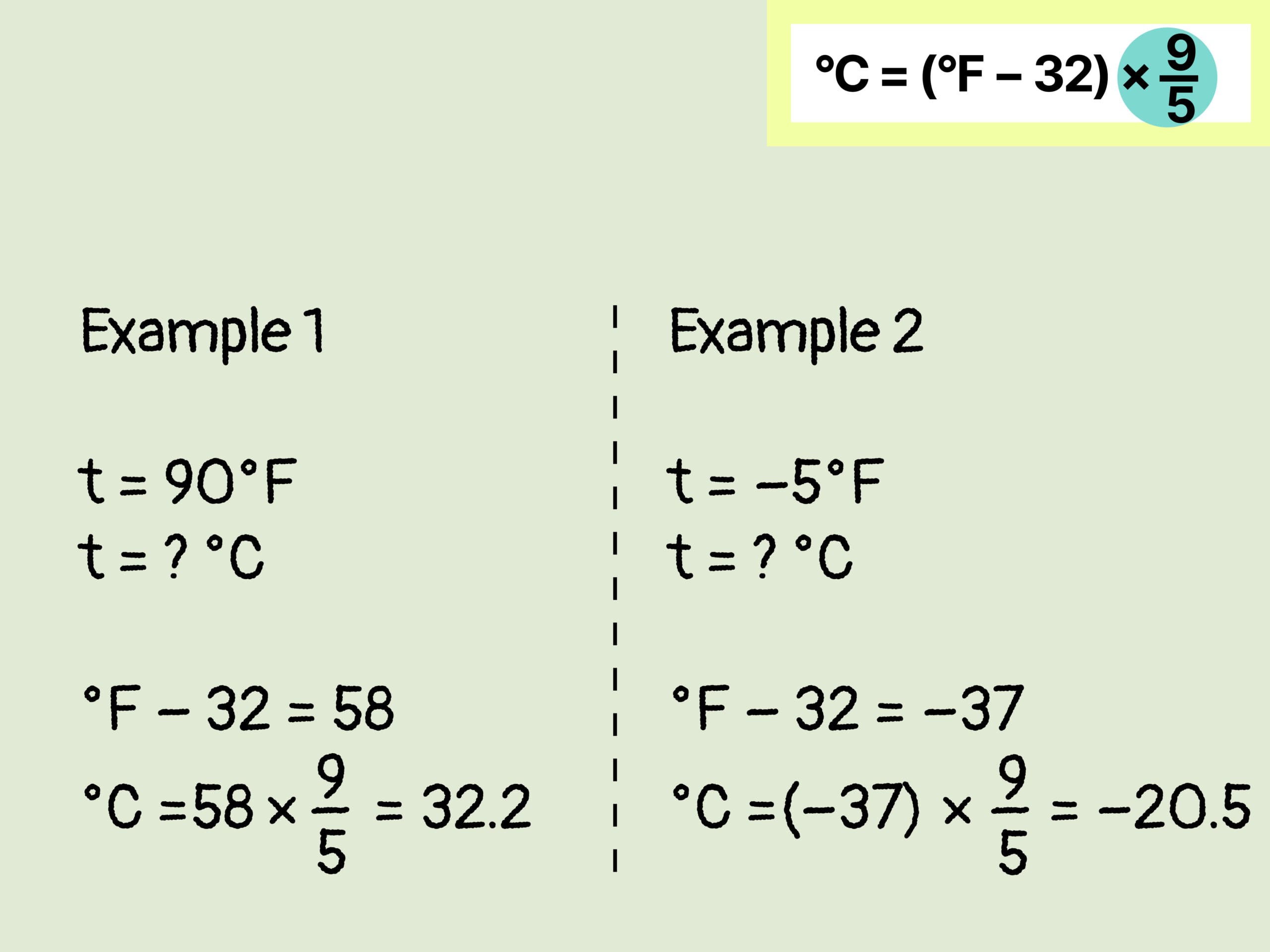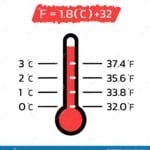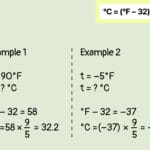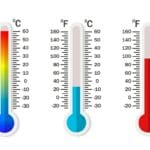Ready to decode the mystery of 130 degrees Fahrenheit? It’s a temperature most of us hope to avoid, but understanding its Celsius counterpart can be surprisingly insightful. Join us as we explore the world of temperature conversion, learn why it matters, and uncover some fascinating facts along the way.
Unmasking the Heat: 130°F to Celsius
A sweltering 130 degrees Fahrenheit translates to a scorching 54.44 degrees Celsius. That’s significantly hotter than what most people find comfortable and ventures into potentially dangerous territory for prolonged exposure.
But why does this conversion matter? It’s about more than just numbers on a scale – it’s about understanding how temperature impacts our world and daily lives.
The Importance of Accurate Conversions
Think about it:
- Cooking: Recipes often use Celsius for oven temperatures. Mistaking 130°F for 130°C could lead to culinary chaos!
- Weather: Traveling to a country that uses Celsius? Knowing that 130°F is an extremely hot 54.44°C helps you pack (and prepare) accordingly.
- Safety: Understanding that 130°F (54.44°C) is well above the safe internal temperature for cooked food highlights the importance of accurate measurement in preventing foodborne illnesses.
These conversions are essential for global communication, scientific accuracy, and even our well-being.
Cracking the Conversion Code
The formula for converting Fahrenheit to Celsius might seem a bit intimidating at first, but it’s actually quite simple:
°C = (°F – 32) × 5/9
Let’s break it down, using 130°F as our example:
- Subtract 32 from the Fahrenheit temperature: 130 – 32 = 98
- Multiply the result by 5: 98 x 5 = 490
- Divide the product by 9: 490 / 9 = 54.44°C
And there you have it! A seemingly small difference in Fahrenheit can represent a much larger change in Celsius, making accurate conversion crucial.
Beyond the Numbers: What Does 130°F Feel Like?
130°F is hot enough to cause burns with prolonged contact and can lead to heat exhaustion or heatstroke. It’s a temperature most commonly experienced in:
- Extreme Weather: Deserts and heat waves can reach these scorching temperatures.
- Industrial Processes: Certain manufacturing and industrial settings operate at very high temperatures.
- Overcooked Food: The internal temperature of overcooked meat can reach 130°F, making it dry and potentially unsafe to eat.
Fahrenheit and Celsius: A Tale of Two Scales
While both scales measure temperature, they do so with different reference points:
Fahrenheit: Developed by Daniel Gabriel Fahrenheit in the early 18th century, this scale is based on the freezing point of a saltwater solution (0°F) and the average human body temperature (originally set at 100°F, though this has been adjusted since).
Celsius: Created by Anders Celsius in the mid-18th century, this scale is based on the freezing point (0°C) and boiling point (100°C) of water at sea level.
Understanding these historical contexts sheds light on why different parts of the world use one scale over the other.
Mastering Temperature Conversions
Ready to become a conversion pro? Here are some helpful tips:
- Water’s Freezing and Boiling Points: Memorizing these key temperatures on both scales can help you quickly estimate other conversions.
- Fahrenheit: Water freezes at 32°F and boils at 212°F.
Celsius: Water freezes at 0°C and boils at 100°C.
Online Converters: Many websites and apps offer quick and easy temperature conversions.
Mental Math Shortcuts: With practice, you can develop mental shortcuts for estimating conversions, especially for common temperatures.
Diving Deeper: More Than Meets the Eye
Temperature is a fundamental concept with far-reaching implications. Here are some intriguing facts to pique your curiosity:
Absolute Zero: The lowest possible temperature, absolute zero (-273.15°C or -459.67°F) represents the theoretical point at which all atomic motion stops.
Human Body Temperature: While often cited as 98.6°F (37°C), normal human body temperature can vary slightly based on factors like age, time of day, and activity level.
Room Temperature: Generally considered to be around 20-22°C (68-72°F), room temperature can vary depending on personal preferences and cultural norms.
Your doctor may tell you that your body temperature is 98.6 degrees Fahrenheit or your mechanic might say that your car is going 200 mph.
By understanding temperature conversions, we unlock a deeper understanding of the world around us, from the science behind everyday phenomena to the complexities of global communication. So the next time you encounter a temperature in Fahrenheit or Celsius, you’ll be equipped to not only convert it but also appreciate the fascinating story it tells.











